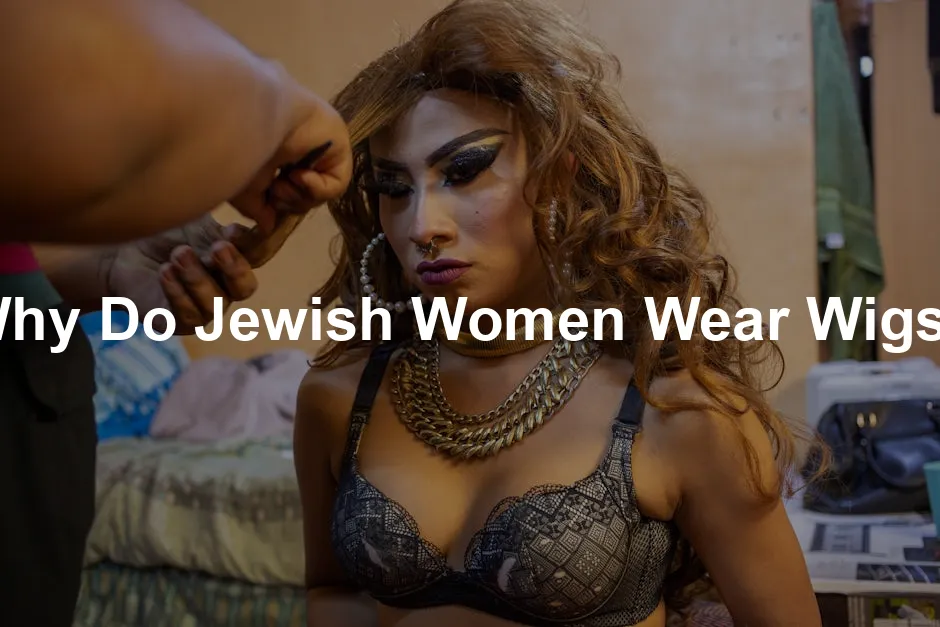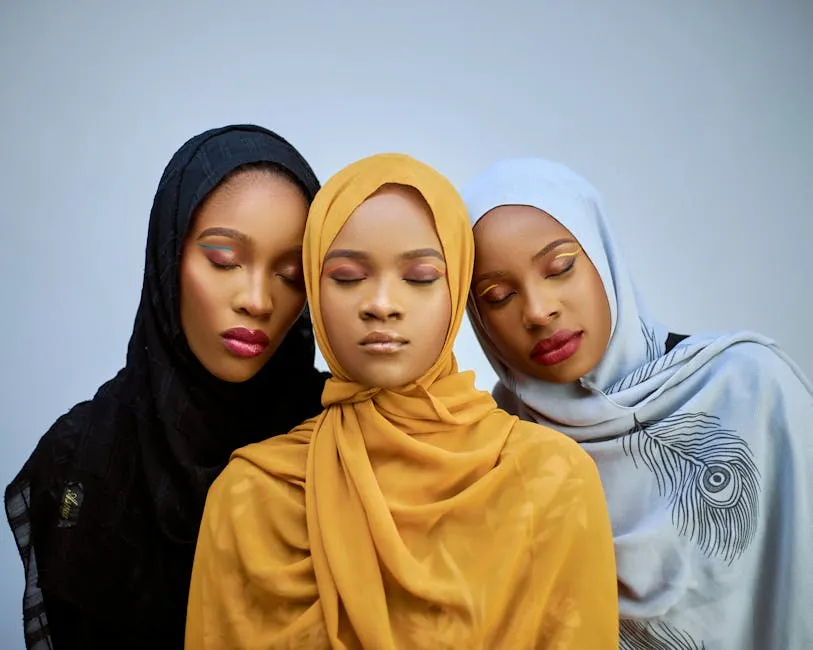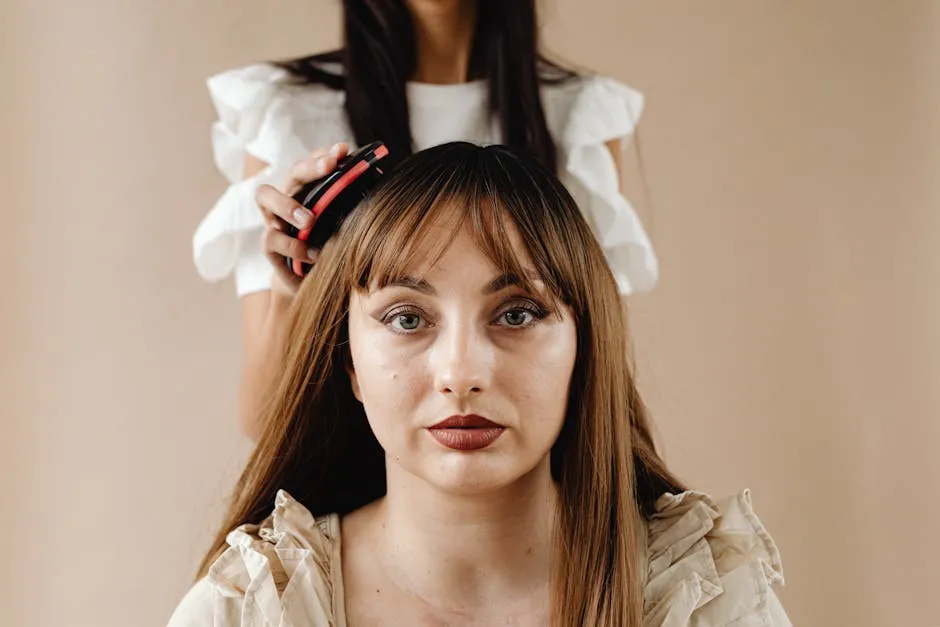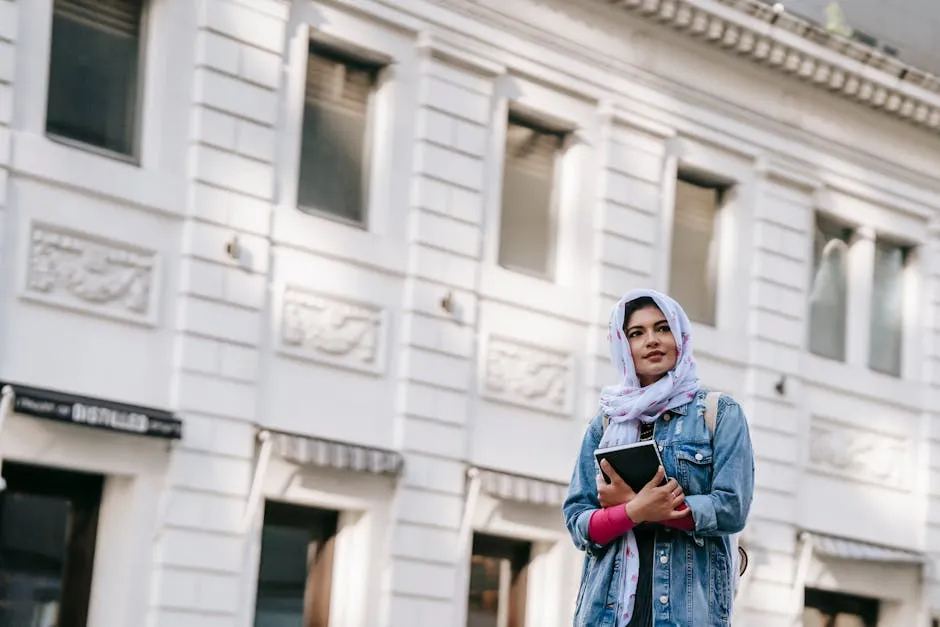
Why Do Jewish Women Wear Wigs?
Introduction
Jewish women wear wigs as a cultural and religious practice. This tradition holds deep significance within Orthodox communities. It emphasizes modesty and personal expression. For many, wearing a wig reflects their faith and commitment to Jewish values.
Summary and Overview
The practice of wearing wigs among Jewish women has a rich history. Traditionally, married women covered their hair to signify modesty. This evolved into the use of wigs, known as sheitels, which became popular around the 18th century.
Women may also choose other head coverings, such as hats, scarves, or tichels. Modesty, or tznius, plays a crucial role in Orthodox Jewish life. Many women prefer wigs over other coverings for comfort and variety. Wigs allow for personal style while still adhering to religious laws. If you’re looking for quality options, check out this Sheitel that blends tradition with modern style!

The Significance of Hair Covering in Judaism
Historical Context
The origins of hair covering laws can be traced back to Jewish tradition. Key texts, including the Torah and Talmud, discuss the importance of hair covering. In the Torah, Numbers 5:18 indicates that a married woman’s hair should be covered in public. The Talmud elaborates on this, emphasizing that a woman’s uncovered hair can attract unwanted attention.
Over time, the transition from traditional coverings to wigs became more common, offering both modesty and style. Wigs provide a modern solution that aligns with cultural values while allowing women to express their individuality. To maintain that individuality, a good Wig Care Shampoo is essential for keeping your sheitel looking fabulous and fresh!

Types of Hair Coverings
Jewish women use various hair coverings to adhere to modesty laws. Each type serves its purpose and reflects personal choice. Here are some common options:
Sheitel (Wig)
The sheitel is a popular choice among married women. It provides a natural look while fulfilling religious requirements. Many styles and colors are available, allowing for personal expression. Don’t forget to check out this Human Hair Wig for a more natural and luxurious feel!

Tichel (Headscarf)
The tichel is a versatile headscarf. Women can tie it in multiple ways, offering both comfort and style. Tichels come in various fabrics and patterns, making them a favorite for many. For a stylish addition to your collection, consider this Tichel that can elevate any outfit!
Snood
A snood is a type of hairnet that covers the hair completely. It’s often made from lace or knit materials. Snoods are particularly popular in certain communities, as they provide a simple way to maintain modesty. If you’re looking for a chic snood, check out this Snood that combines elegance with practicality!

Hat
Wearing a hat is another option for hair covering. Hats can vary from casual to elegant styles. Many women choose hats for special occasions or everyday wear, combining fashion with tradition. For more insights into the significance of hats and their meanings, you can explore the topic of why we have different blood types. And if you need a hat, grab this Women’s Fashion Hat for that perfect touch!
Community Variations
Styles of hair coverings can vary by community and personal preference. Some women prefer wigs for their convenience, while others opt for scarves or hats. Each choice reflects a unique blend of religious adherence and personal identity.

Practical Considerations
Jewish women wear wigs for various practical reasons. One significant factor is hair loss. Whether due to medical conditions or treatments, wigs offer a stylish solution. They provide coverage while allowing women to maintain their appearance. If you’re facing hair loss or just want to switch things up, try a Synthetic Hair Wig that looks fabulous without the fuss!
Wigs also bring convenience compared to other head coverings. Unlike scarves or hats, wigs are easy to wear. Simply putting on a wig can save time in daily routines. Many women appreciate the comfort and versatility that wigs provide.

Cultural Context
Culturally, wigs hold deep meaning in Jewish communities. They reflect community standards and expectations around modesty. Wearing a wig allows women to maintain their identity while adhering to cultural norms.
Cultural identity plays a vital role in the choice of wigs. For many, a wig symbolizes a blend of tradition and personal style. This balance helps women express their individuality within their community. Wigs, thus, become a significant aspect of their cultural and religious identity.

Contemporary Perspectives on Wigs
Modern Trends in Wig Fashion
Wig styles have evolved significantly over the years. Today, many women wear wigs that align with modern fashion trends. From sleek bob cuts to long, flowing locks, the options are endless.
Social media has greatly influenced wig choices among younger women. Platforms like Instagram showcase various styles and inspire creativity. The impact of these trends encourages women to experiment with their looks while staying true to their values. And for those who want to keep their wigs looking great, a Wig Brush is a must-have tool!

Challenges and Controversies
The topic of wigs in the Jewish community brings various controversies and debates. Some question whether wearing a wig aligns with the principles of modesty. They argue that if a wig enhances a woman’s appearance, it may attract attention, contradicting the essence of tzniut, or modesty.
Others believe that wigs provide a practical solution while still fulfilling religious obligations. This creates a divide among women regarding what is considered appropriate. Some prefer scarves or hats, feeling wigs may not uphold modesty standards.
These differing opinions spark ongoing discussions within the community. Ultimately, the balance between attractiveness and modesty remains a hot topic, reflecting personal choices and communal values.

Care and Maintenance of Wigs
Caring for a wig is essential for longevity and appearance. Here are some valuable care tips:
- Washing: For human hair wigs, wash every 7 to 14 days. Synthetic wigs can be washed every 10 to 15 wears. Use a gentle shampoo designed specifically for wigs.
- Conditioning: After washing, condition the wig with appropriate products to maintain softness and shine. A great option is a Wig Conditioning Spray that keeps your wig silky smooth!
- Drying: Always air dry your wig. Avoid heat sources, as they can damage the fibers.
- Storage: Store wigs on a stand or mannequin head. This helps maintain shape and prevents tangling.
- Quality Matters: Investing in a high-quality wig is crucial. Quality wigs not only look more natural but also last longer with proper care.
These maintenance practices ensure your wig remains beautiful while reflecting your personal style. And for those who love to accessorize, a Hair Accessories Organizer can help keep everything in check!

Conclusion
Wigs hold significant cultural and religious importance in Jewish life. They represent a balance between modesty and personal expression. Through ongoing conversations, the community navigates the complexities of hair covering practices.
Ultimately, wearing a wig or other covering is a personal choice. Each woman’s experience reflects her commitment to her beliefs and individual style. Understanding these nuances fosters respect for diverse practices within the Jewish community. And if you’re looking to explore more about modest fashion, consider getting a Modest Fashion Lookbook to inspire your wardrobe!

Frequently Asked Questions (FAQs)
Why do Orthodox Jewish women wear wigs?
Orthodox Jewish women wear wigs primarily for modesty. After marriage, Jewish law requires women to cover their hair in front of men outside their family. This practice reflects their commitment to religious values. Wigs, or sheitels, serve this purpose while allowing women to maintain a sense of style. They help balance personal expression with adherence to modesty rules, making them a popular choice.
What is a sheitel?
A sheitel is a Yiddish term for a wig worn by married Orthodox Jewish women. Its significance lies in its role as a hair covering that aligns with modesty laws. Sheitels come in various styles, colors, and materials, allowing women to express their individuality. They symbolize both marital status and adherence to cultural traditions, making them an essential aspect of many women’s lives.
Can unmarried women wear wigs?
Unmarried women typically do not wear wigs, as hair covering is primarily a practice for married women. However, some unmarried women may choose to wear wigs for special occasions or if they experience hair loss. While it is not common, the choice can vary based on individual circumstances and community standards. Ultimately, personal preference plays a significant role in this decision.
Are wigs always required for modesty?
Opinions differ on whether wigs are essential for modesty. Some believe wigs are necessary to fulfill hair covering requirements, while others prefer scarves or hats. The choice often depends on community customs and personal beliefs. Many women feel comfortable wearing wigs, while others adhere strictly to traditional coverings. This diversity reflects the variety of practices within the Jewish community.
What are the maintenance tips for wearing a wig?
Proper wig maintenance is crucial for longevity and appearance. Here are some essential care tips: – Wash human hair wigs every 7 to 14 days; synthetic wigs every 10 to 15 wears. – Use gentle shampoo designed for wigs to maintain quality. – Always air dry wigs to prevent damage from heat sources. – Store wigs on a stand or mannequin head to keep their shape. – Regularly condition your wig to keep it soft and manageable.
Please let us know what you think about our content by leaving a comment down below!
Thank you for reading till here 🙂
All images from Pexels




